5 Tips for a Wonderful Winter Wildlife Walk
A brisk morning walk in the cold and crisp winter air can leave you feeling rejuvenated and refreshed. As well as this, you’ll have the opportunity to spot some of the lovely wildlife that Britain has on offer at this time of year.
Drumming woodpeckers, adorable tawny owls and an array of spectacular wild birds are just a few of the creatures that you’ll be able to spot during winter. If you do, be sure to log your sightings in the Kennedy Wild Bird Food BirdSpotter app. Your records will go on to make up part of an important hub of information and help towards the conservation of certain bird species!
With a pinch of planning, a spot of patience and of course, our helpful tips, you’ll have all the tools you need to get out there and start wildlife watching.
1. Take a pair of binoculars or a telescope
Many animals prefer not to be disturbed, therefore, taking a telescope or pair of binoculars will allow you to get up close and personal with the wildlife, without getting too near to their natural habitat.
This is the best way to spot animals such as owls and squirrels, however, it’s also a good way to get a closer look at the fantastic flocks of birds flying south!
If you’re unsure of where to start when looking for the right telescope or binoculars, the RSPB has a fabulous buying guide that breaks down everything you need to know, when searching for the ideal wildlife watching wear.
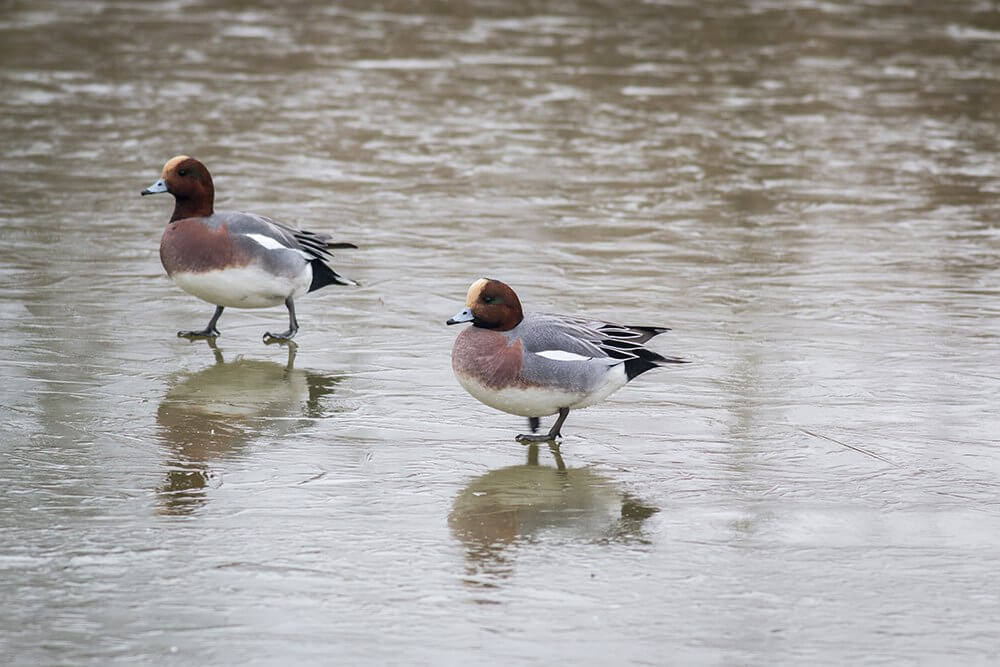
In winter you can see a variety of wildlife, like these widgeon. Photo courtesy of Ashley Beolens http://www.viewsfromanurbanlake.co.uk/
2. For sensational sounds, opt for an evening walk
If you’re a fan of wildlife sounds as well as sights, you won’t want to miss the array of interesting noises you can hear at night.
Venture on a woodland walk at night, to sample songs from birds such as robins, tawny owls and blackbirds. As well as this, you may be able to hear and even see scuttling mice and weasels, if you’re lucky.
3. Keep your eye out for interesting insects
If you look carefully on your next walk, you’ll be able to spot some of the UK’s most resilient insect species. These insects can handle almost anything, from rain, sleet, hail or snow, you’ll still find them out and about during the colder seasons.
Slithering slugs, brimstone butterflies and commanding queen wasps are some of the creatures that are unphased by Britain’s wet and cold winter weather.
4. Visit somewhere new
There’s a wealth of wildlife in Britain alone, so why not travel and see what other parts of the country have to offer this winter?
We’ve already covered the top 5 walks in Britain for summer, however, some of the best locations to visit in winter include:
- Cheddar Gorge, Somerset
- Marsden Moor Heritage Walk, West Yorkshire
- Red squirrel walk in Formby, Liverpool
- Borthwood Copse, Isle of Wight
In these locations you can spot red squirrels, peregrine falcons and even mountain hares, so it’s well worth taking a trip this winter.
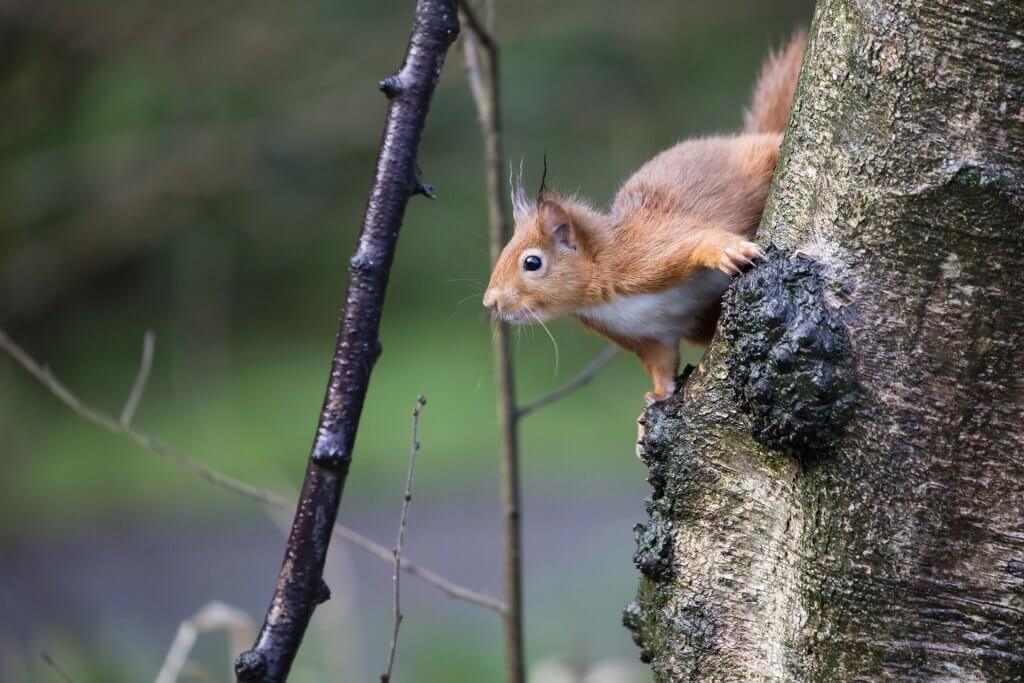
5. Take a friend
Wildlife watching and walking can be even more fun when you venture out with a friend or family member.
They say ‘two heads are better than one’, so you may have a bit more luck when it comes to spotting fleeting creatures, when you’ve got a partner to go with you.
Don’t be deterred by Britain’s wayward weather this winter. The season is as good as any other to take to the great outdoors, get some exercise and spot wonderful wildlife at the same time!
This is a collaborative post with Kennedy Wild Bird Food.


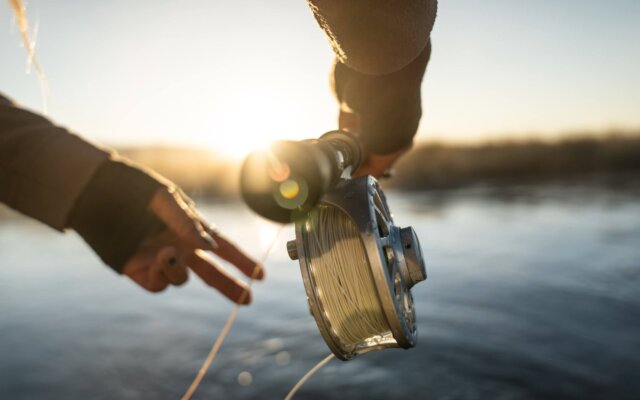
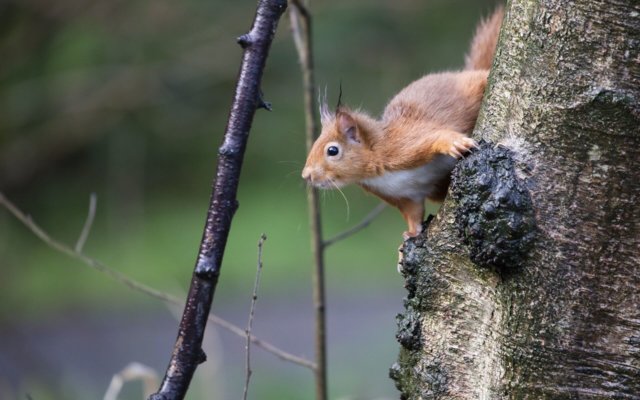

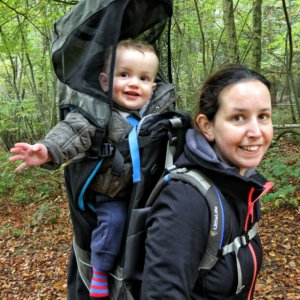
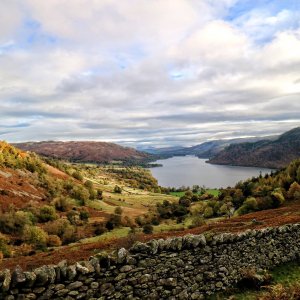

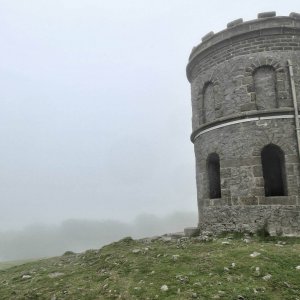
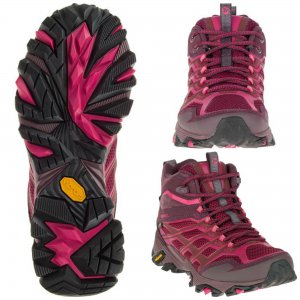

No Comments Yet!
You can be first to comment this post!